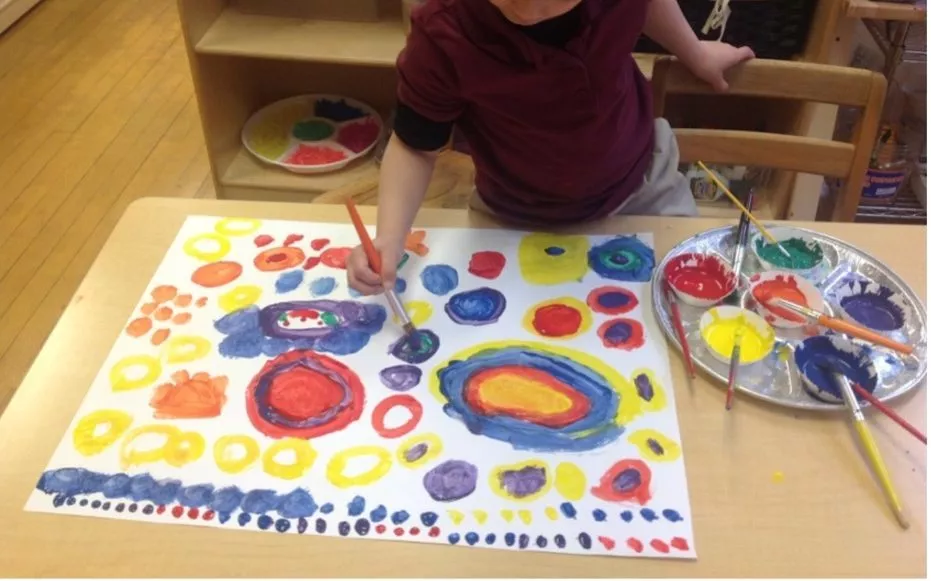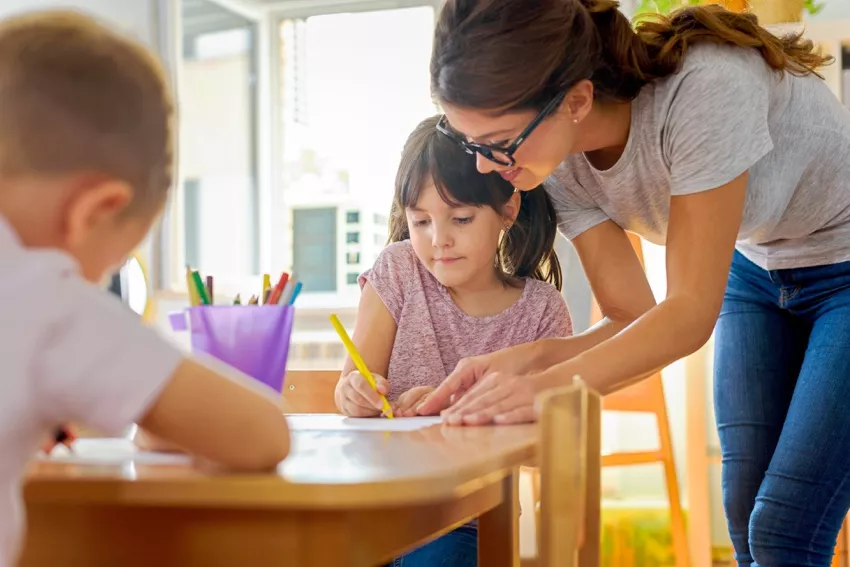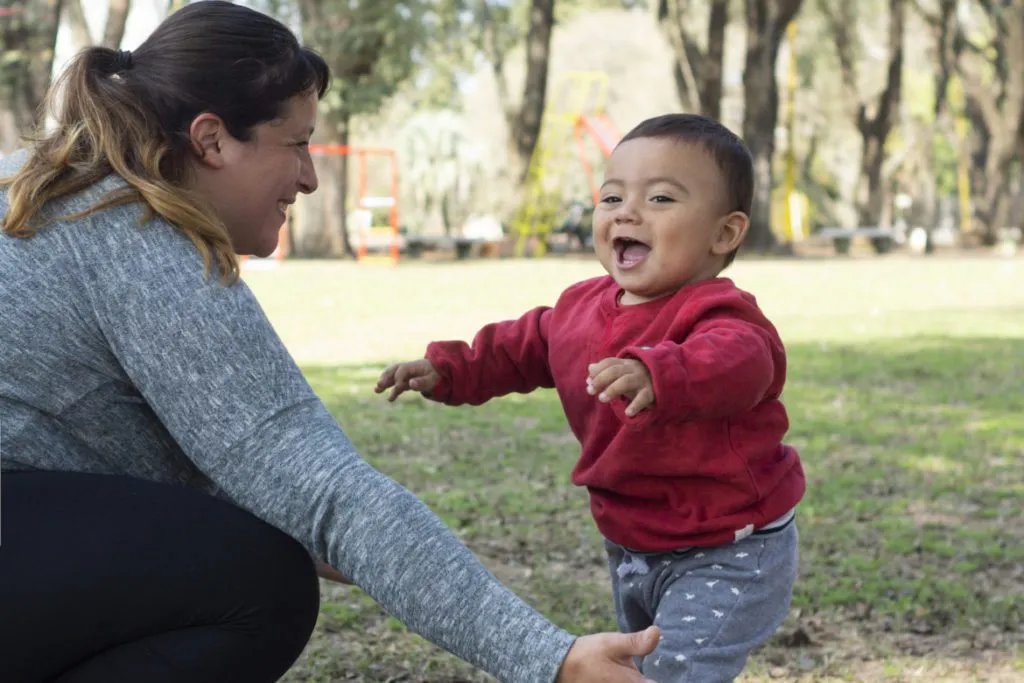Three Tips to Get a Jumpstart on Documentation Collection
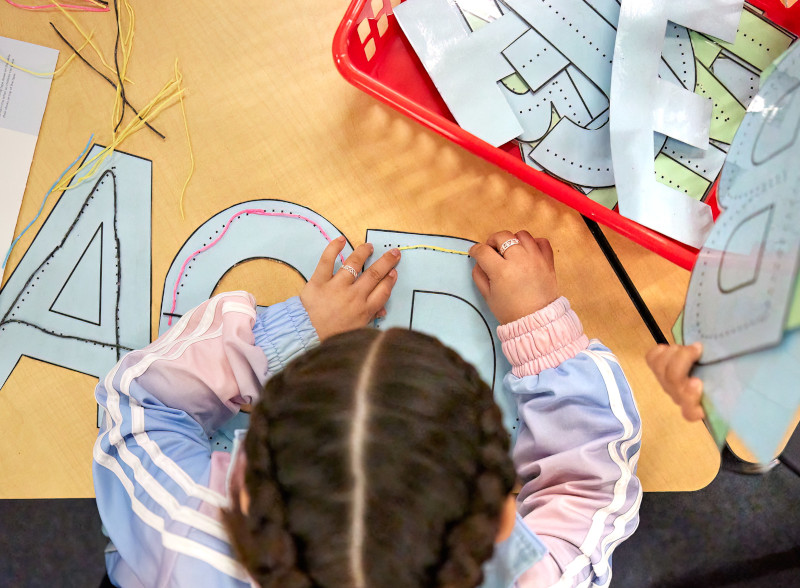
Documentation is a great way to learn about a child and strengthen your relationship with them. Documenting a child’s learning informs us about the child and helps us to select the right materials, plan appropriate activities, and ask questions that guide the child’s learning.
Sometimes our days get busy, and documentation can slip through the cracks, leaving teachers to rush to enter documentation near the end of a checkpoint. But this leaves out many opportunities to collect valuable documentation in your daily interactions. For some, collecting documentation can be especially frustrating if they are not sure of what to observe, how to observe, or why to observe.
The beginning of a new school year or new checkpoint is a great time to reflect on your present system for documenting and entering information. Has it been working? Has it been valuable? Has something kept you from documenting in a timely manner?
As you embark on a new school year, I’ve compiled three tips to help jumpstart your documentation collection.
Tip #1: Review the items in the Coaching to Fidelity Tool that address assessment.
This will help you self-assess this area before you even begin the new school year. Taking stock of your current practices will support your personal growth in the indicator(s) needing focus.
Tip #2: Connect that teaching and observing are one.
Documenting daily supports your weekly planning and decision-making. When you shift your mindset from seeing documentation as an aspect of “compliance,” something you need to do as part of your job but separate from your work of teaching children, you will see how it can help you learn more about the children in your classroom. You will begin to see the wonder and joy in learning more about each child through observation and documentation.
Tip #3: Be intentional about what you are observing and why.
Determine who you want to observe and during what time of day you would like to observe. Remember that even if you have a curricular objective/dimension in mind when you begin observing, a piece of high-quality documentation can often be associated with multiple objectives and/or dimensions. You can provide learning experiences that will authentically rely on skills associated with specific objectives, providing you with opportunities to document children’s development in these areas, but you can also be intentional about gathering documentation during child-led experiences. Observing children when they are deeply engaged in learning or pursuing their individual interests will provide great insight into their strengths.
Bonus Tip: Use technology to your advantage.
If you have not used the the Teaching Strategies Teacher app this might be a great time to start familiarizing yourself with the features of the system. An app can be a great time-saving tool that makes documenting children’s skills, abilities, and knowledge easier.
What can you do if you are not ready to use the app yet? If you prefer to handwrite a note instead of retyping it, why not take a photo of the handwritten note with the app to upload it? This will help you balance your present comfort level with handwritten notes while becoming familiar with the Teaching Strategies Teacher app.
Observing children in their natural environment, with their peers, is a great way to get to know and understand the children in your classroom. Using these three tips to guide your documentation will support your decision-making and planning and strengthen your relationships with the children and their families.
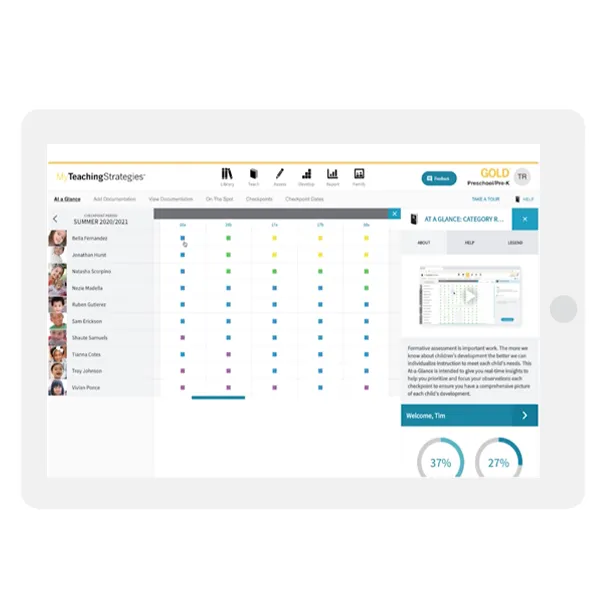
Move Beyond Measurement With GOLD
Inform instruction without disruption by embedding authentic, observation-based assessment into each part of your day.
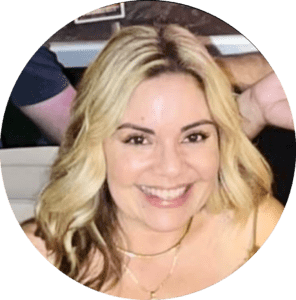 About the Author: Paula Guzman-Bell
About the Author: Paula Guzman-Bell
Paula began her career as a preschool teacher, working with mixed ages in a Head Start program, the Public School System and for a Private Provider. After 7 years as a teacher, Paula began coaching while working in a New Jersey school district, when she had the opportunity to attend the state’s coaching programming. After that, she supported teachers and administrators for many years with the implementation of curriculum and assessment.
In more recent years, she continues to support coaches, teachers, administrators, and directors with curriculum and assessment implementation throughout the country.
